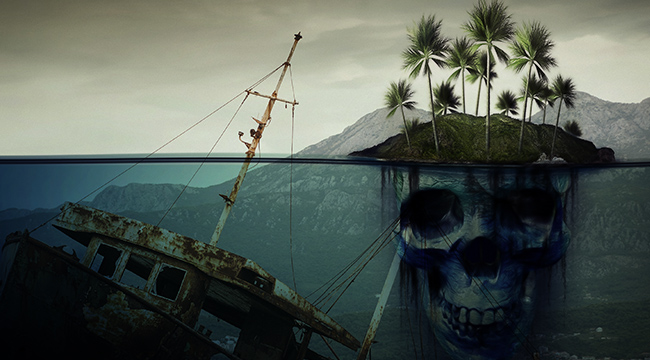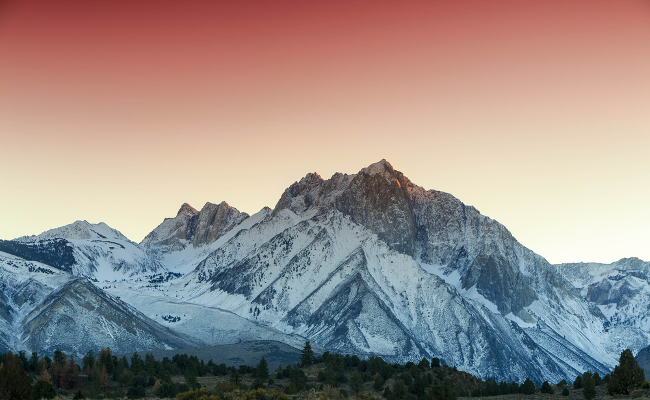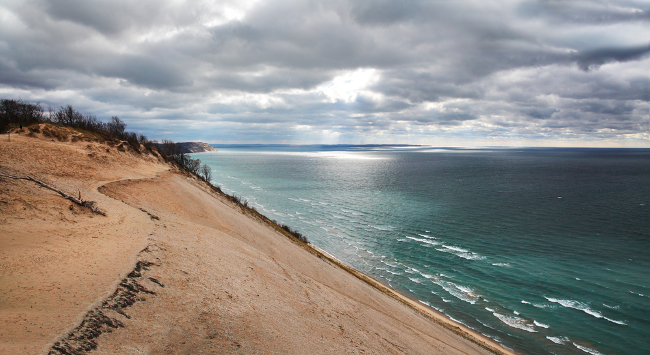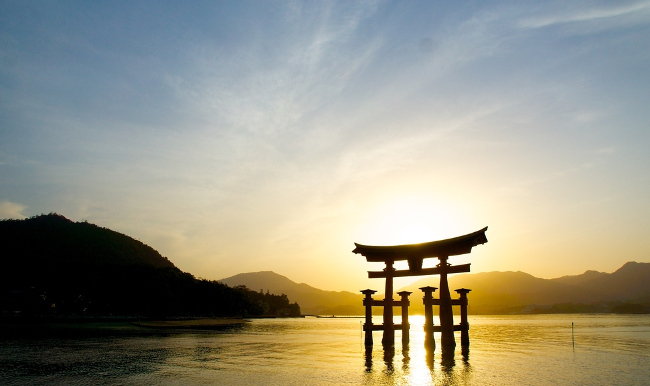
The Bermuda Triangle has been everywhere lately thanks to its strange, but perfectly explainable, hexagonal clouds. But while the Triangle gets most of the attention, there are plenty of other mysterious (and frightening) places you really don’t want to take a boat or a plane through. In order to help you plan your next trip in such a way that you’ll have the best chances of survival, we’ve put together a list of other “bermuda triangles” you may want to avoid:
The Sierra Triangle

The Sierra Nevada mountains are one of the most dangerous places to be in the air, and nowhere is this more true than the triangle of land between Reno, Las Vegas, and Fresno. It’s estimated that over 2,000 aircrafts have crashed in the area, thanks largely to the wind conditions. The Sierra Nevada mountains are almost perfectly perpendicular to the Jet Stream, with smooth winds on the western side of the range giving way to sudden, violent turbulence that can take even experienced pilots (not to mention anxious flyers) by surprise.
Not helping matters, if you’re a conspiracy theorist, is that the Groom Lake area of Edwards Air Force Base, better known as Area 51, is right in the Triangle. Many believe aircraft that get too close are mysteriously compromised by alien technology and forced to crash. Of course, the Air Force generally crashes planes by, uh, shooting them, so this may be overstated. But if you’re in the area, maybe consider a nice train trip instead.
The South Atlantic Anomaly
There’s a place in the Atlantic where, no matter where you are, even in space, laptops shut down, cell phones stop working, and your life is quickly thrust into mortal peril. Because of aliens? No. Because of something much scarier: Radiation.
The South Atlantic Anomaly is a spot on the Earth which covers most of the ocean off the coast of South America — where the planet’s magnetic field is at its weakest — and thus exposes you to the most radiation. Close to the ground, this results in occasional malfunctions that are more annoying that eerie, but the higher up you get, the more dangerous it is. The South Atlantic Anomaly has trashed laptops on space shuttles, started the events that destroyed the most powerful x-ray observatory in orbit, and is notorious among astronauts for messing with their eyesight. So, as space travel takes off, shut off your phone as soon as you spot South America out the window.
The Michigan Triangle

Lake Michigan seems an unlikely location for mysterious phenomena, but there have been a number of disappearances and losses over and on Lake Michigan that aren’t easily explained. For example, in 1921, the Rosa Belle turned up in the lake with all eleven hands missing and signs of colliding with another ship…but no such collision was ever reported by another ship, no bodies were found, and the crash remains a mystery to this day.
Just as notorious is the disappearance of Northwest Orient Flight 2501 in 1950, which may have been an explosion, but since no one ever found the aircraft, nobody’s quite sure. The only thing we truly know about the accident is that it was so violent that human remains washed up on beaches 27 miles apart, and very little wreckage has ever been found, despite annual searches by local shipwreck experts to find the plane’s engines, which weighed nearly a ton apiece. So, if you go to Michigan, enjoy the lake… but stick near the beach.
The Devil’s Sea

Roughly fifty miles south of Tokyo lies the notorious Devil’s Sea, also known as the Dragon’s Triangle. Despite what you might learn from video games, like the Tomb Raider reboot, which is set squarely in the middle of that very triangle, it doesn’t actually have a centuries-long history of mysteriously lost ships and crashed airplanes. But it does have a much more recent, and much more scary, pedigree.
Between 1949 and 1953, seven ships were lost in the area — likely thanks to surprise eruptions from undersea volcanoes. The most notable loss was the Kaiyo Maru No. 5, which was most likely destroyed by an undersea eruption from the same volcano the research team on the vessel was there to study. They simply didn’t see the blast coming until it was too late.
That probably won’t be the last ship lost in The Devil’s Sea, either. Japan is one of the most geologically active places in the world, and while the area has been dormant since 1953, it’s only a matter of time before the volcanoes lurking below the surface awake again.






